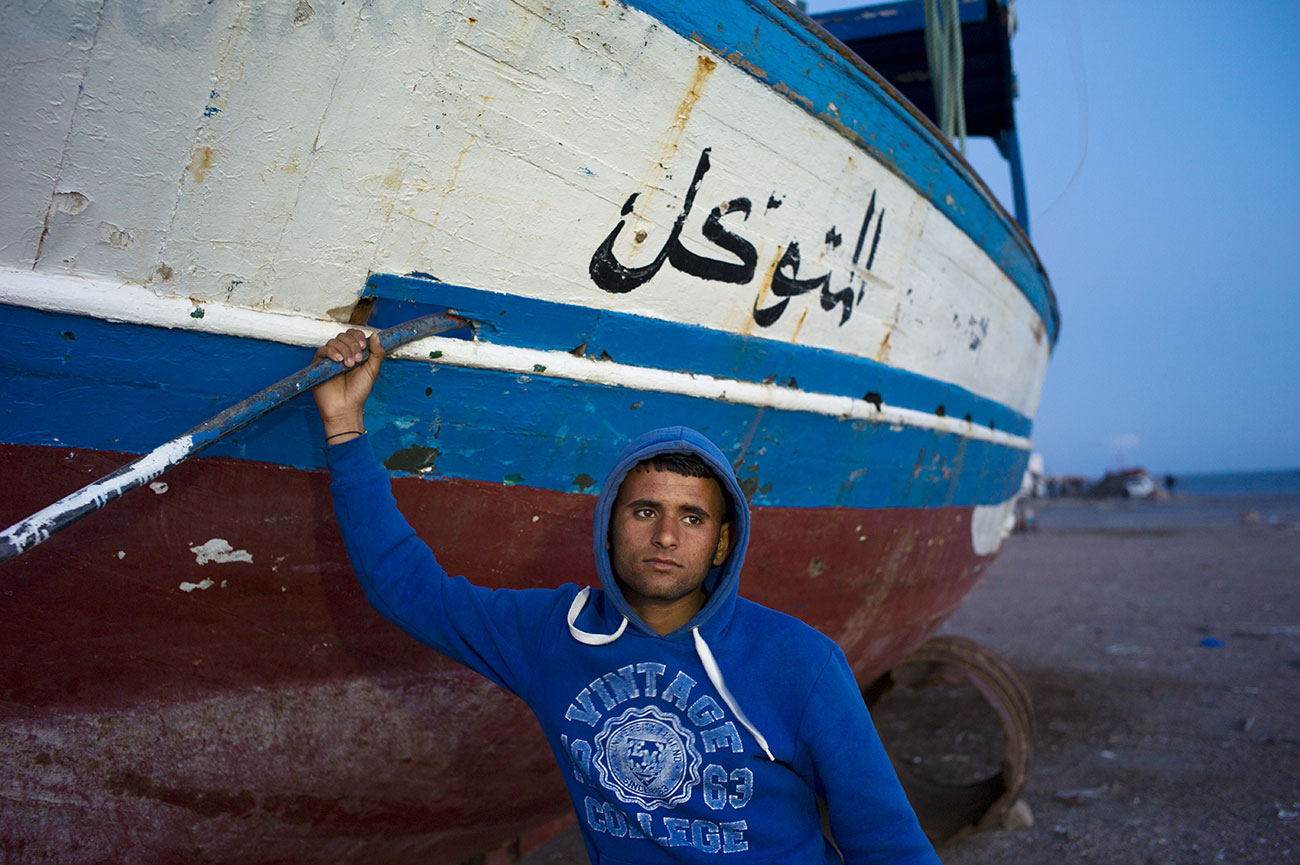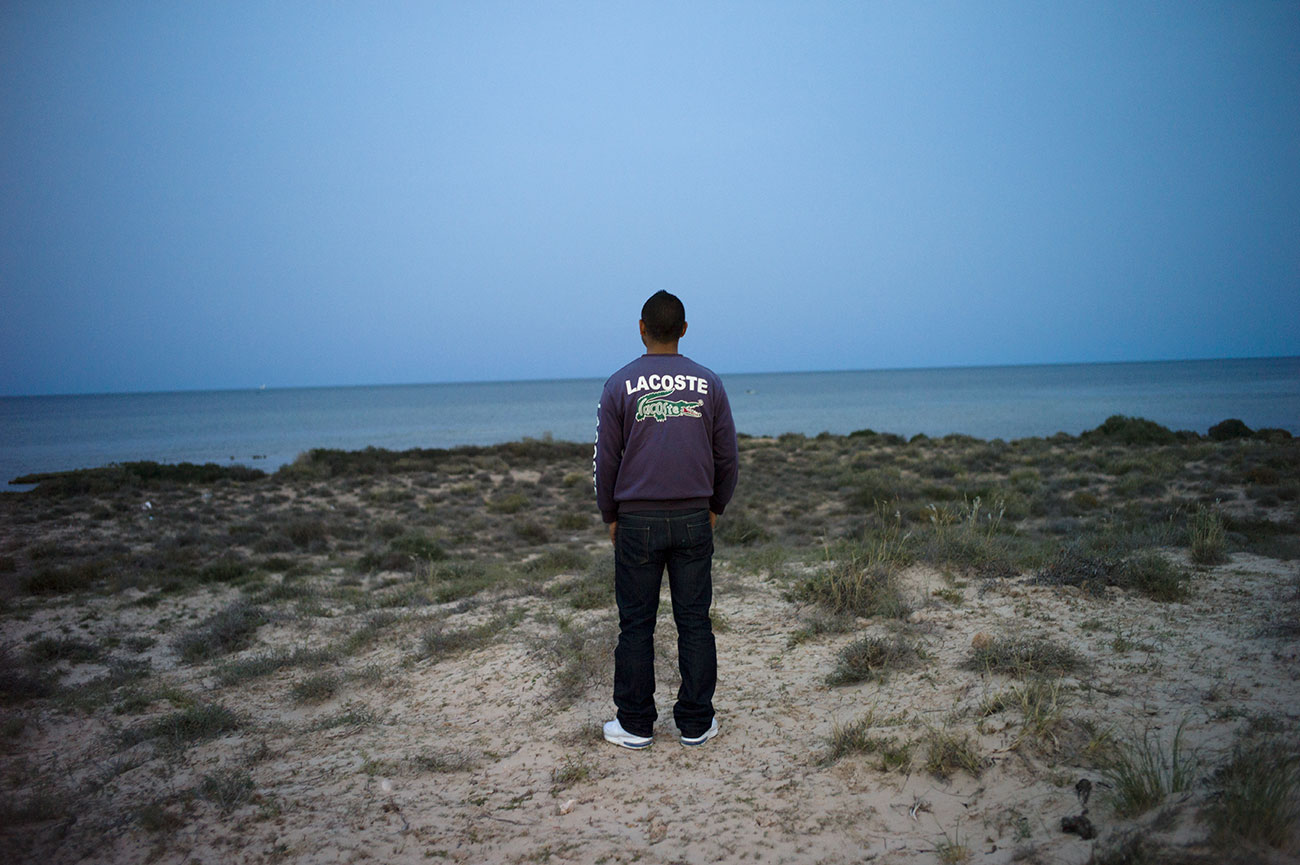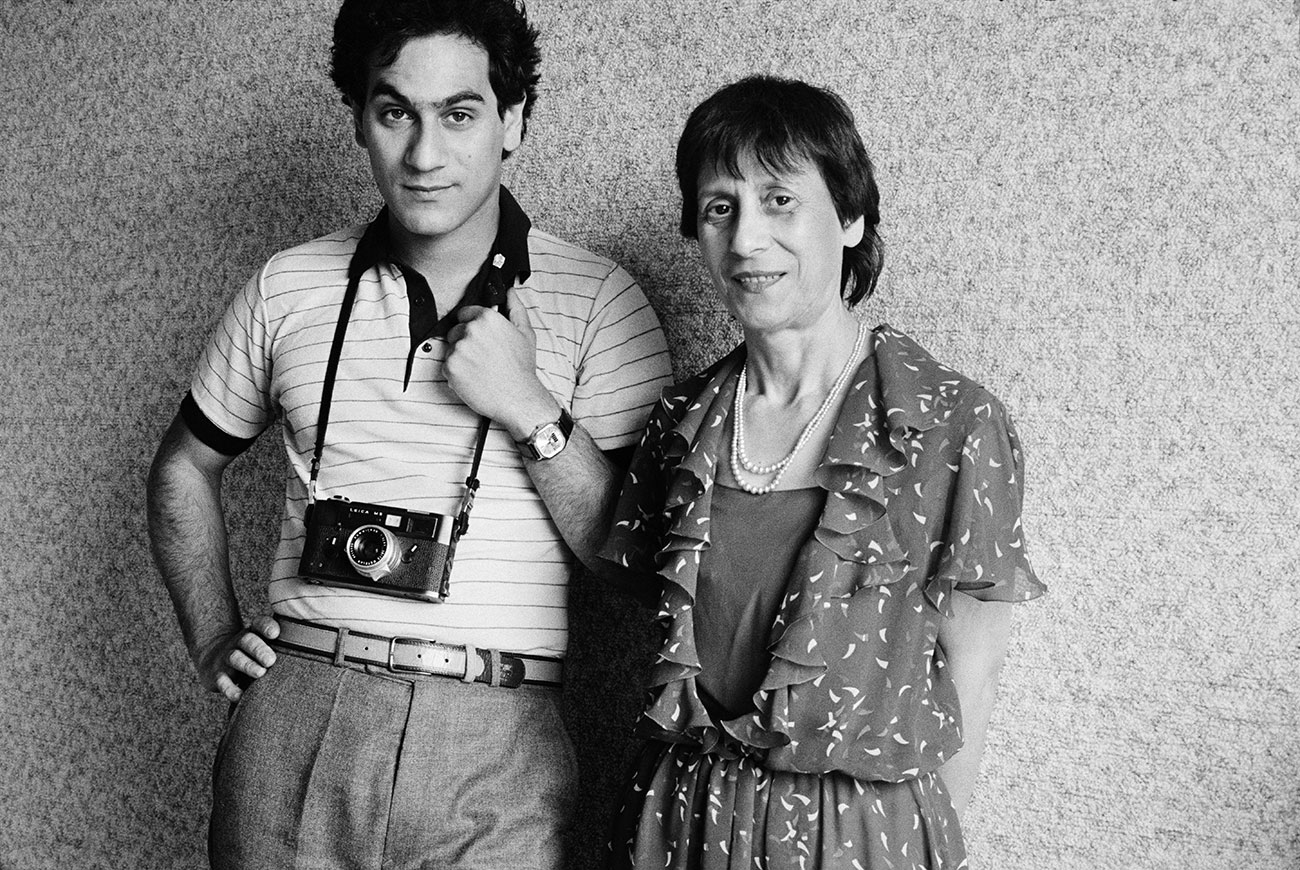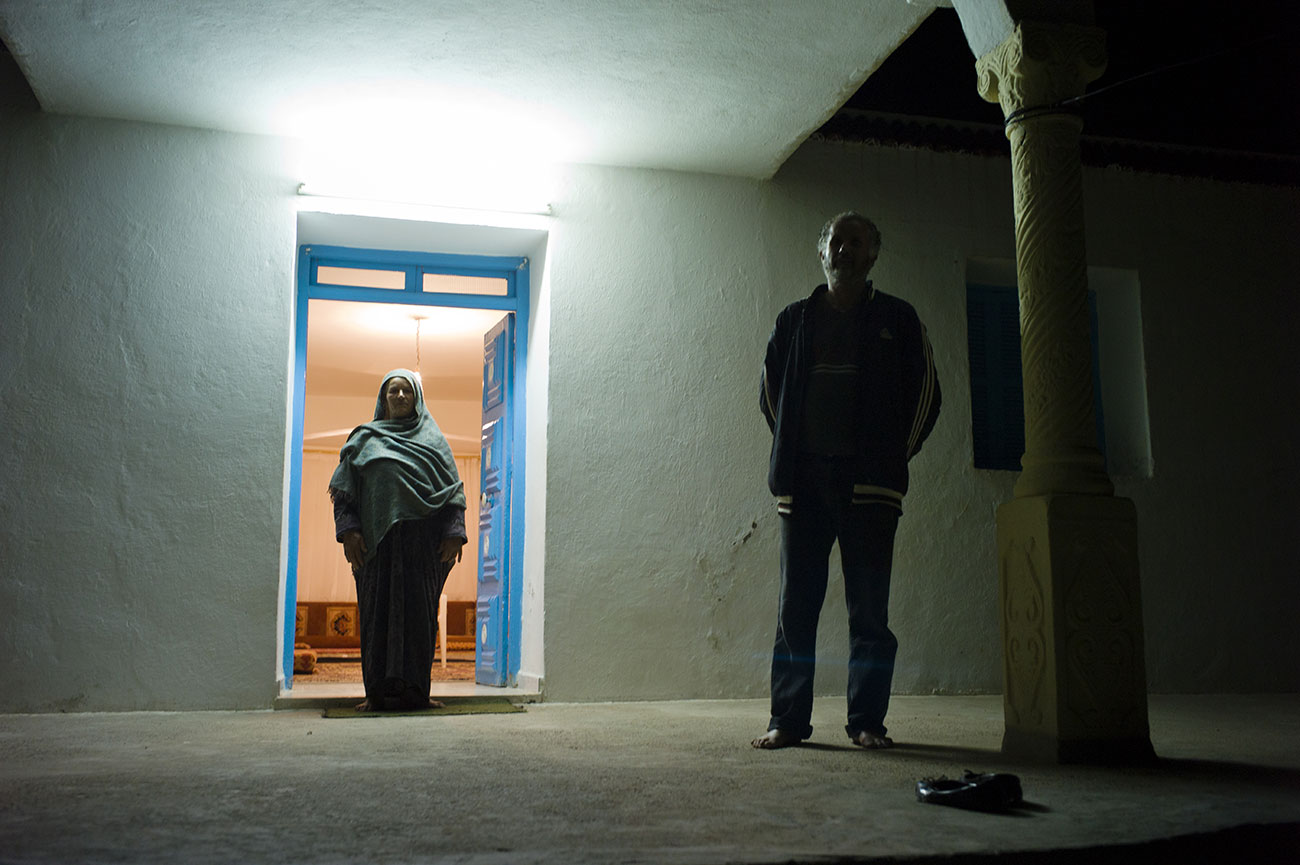Mare-Mater, Patrick Zachmann
Mucem, fort Saint-Jean—
Fort Saint-Jean Georges Henri Rivière Building (GHR) 320 m2
|
From Friday 29 November 2013 to Tuesday 28 January 2014
From June 2013 until the end of January 2014, the Georges Henri Rivière Building of the Mucem hosts four photography and video exhibitions in coproduction with Marseille-Provence 2013, European Capital of Culture and the museum Nicéphore Niépce in the city of Chalon-sur-Saône.
Through videos and photographs Patrick Zachmann, a member of Magnum Photos, confronts his own family history with that of migrants of today. He addresses in particular their relationship to the sea that they traverse and the mother that they leave.
This project has a self-evident character. Patrick Zachmann must return and again see his Mediterranean. This is where his family lived; this is where he was confronted with the contradictions of the world. The exhibition of the Mucem proved to be an opportunity; a chance to confront the work of a photographer in the family biography. By a coincidence, a ruse of history, the Mediterranean was enflamed at the moment when the past resurfaced. This journal compares diverse moments of history during the most intimate moments.
“This is a journey, a journey of memory and a voyage of exiles. It is also an interior journey. The voice that carries this trip is that of my logbook. It is she that will weave the thread of all the these destinies that I cross, the migrants leaving their country from the southern shore of the Mediterranean, fleeing unemployment, the dictator, no future, women, mothers, who let them go or discover that they have left, and I, searching for the roots of my mother, those that she wanted to forget.”
The story develops around this relationship between mother and son, man and woman. Beyond his travels in Tunisia, Algeria, Greece and Malta, Patrick Zachmann does not forget to mention Marseille as the central location, the culmination of all migrations, point of healing and tension.
The exhibition is concentrated around a film projected in triptych. On three screens, through an original and captivating montage and moments familial and intimate, testimonies of migrants and their families will succeed one another, in sequences mingling doubt and hope. In parallel, a wall of photographs retraces this poignant inquiry thus comparing in the same space the lively character of the moving image with the power of the still image.
Exhibition itinerary
Other exhibitions
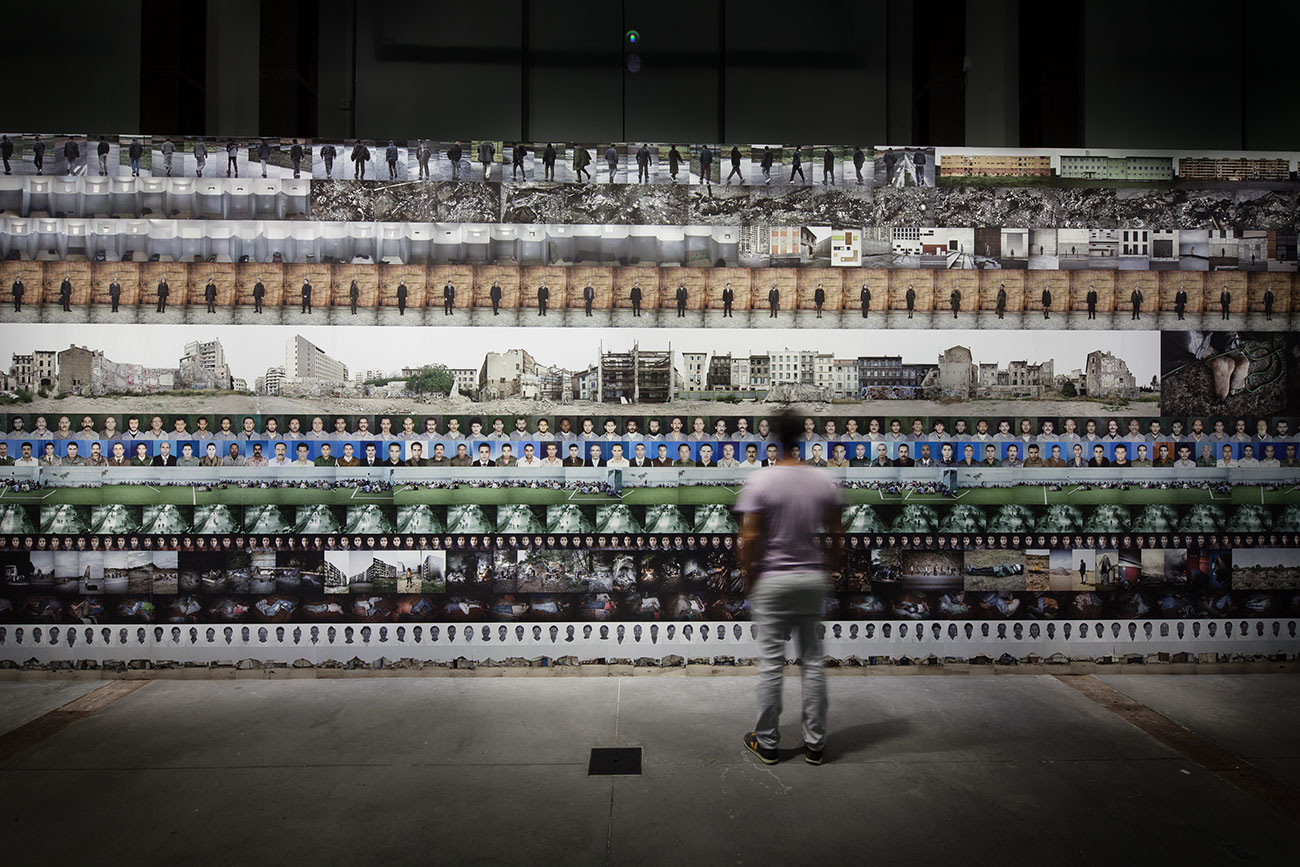
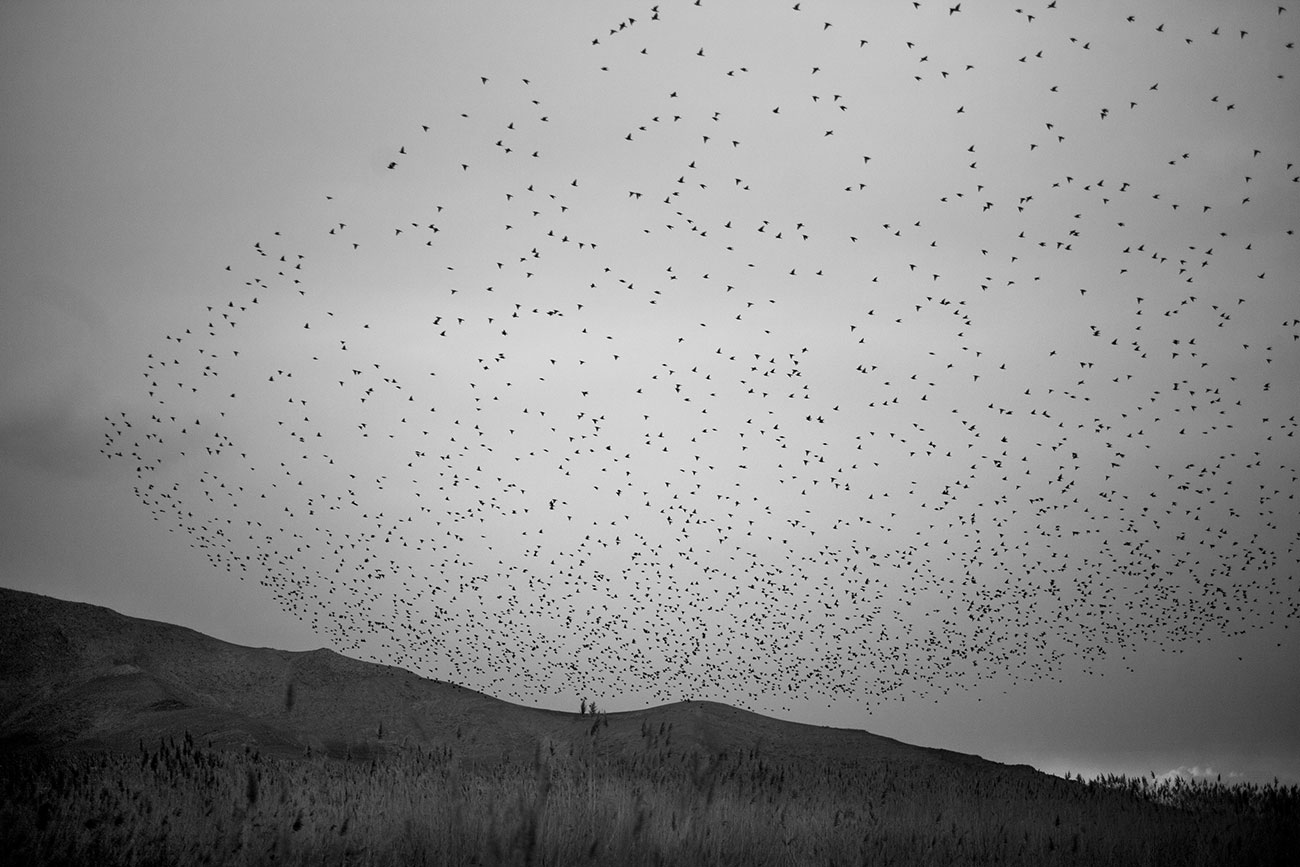
Things on this side of the world (Collective exhibition)
4 June to 29 July 2013
This collaborative exhibition Les choses de ce côté du monde (Things on This Side of the World) gathers together photographs and videos. Eight videographers and
photographers offer architectural and topographic studies, as well as political and poetic viewpoints: their visions of the Mediterranean. Artists: Patrick Tosani, Claire Chevrier, Waël Shawky, Ange Leccia, Jean-Luc Moulène, Stéphane Couturier, Servet Kocyigit and André Mérian.
The commissioner's words
Things on this side of the world exist only by blindness and shadow. faced with the sea, the spray froths and whitens and sounds lose themselves in the mountains. We cannot form a conception of the Mediterranean without linking it to our own memory, if not of our own impressions. For those living far from its shores, the Mediterranean is an assortment of images, of clichés and influences that accord badly but that we visit, eyes shut, attuned to our memories. Too many things emerge, surging forth when one carries with oneself the images of this Grand tour.
We don’t have to understand, to analyze. Since the fall of the Ottoman Empire, the Mediterranean appears to be fleeing from modernity. to live here is to renounce the turbulent energy of the West, contemplate the machine with amusement, and be masters of time. Here we’ve kept a taste for exchange, for the garden. And a little further away, up in the mountains, villagers call to each other over the valley, watching over shifty looking, fascinating cities and ports.
Nothing differentiates Alexandria from Thessalonica when everything separates them from the hinterland of the transhumance. Everything opposes cosmopolitanism from pastoral simplicity. But the air tastes the same in Tuscany as it does in alep. Smells burst forth, the stink of urban poverty, of bureaucratic rot, the fragrances of grey pine and oaks. The winds carry this mix, sandy, troubling, warming and cooling this screebound old earth that has lived for so long to its own rhythm. Our presence weighs so lightly upon it. its shores are but wounds where Medea, made of a red sap, offers up her children to violent, primitive love. angels of Palestine, they watch us, inquisitory, inconsolable. Finally, we do not drift in the interior sea, we travel in short bursts. At each stop we find the shadow of Laurence Durrell, we recognize the characters of Mahfouz.
The sound of the Oud penetrates you and the Sufi chants remind you, sinners, that God, the one and unique, was born here. this family, happy in their complaints, weeping and worshipping. this people, seemingly divided, knows that great forces gather somewhere between Tangiers and Istanbul, Beirut and Marseilles, in this country never conquered, stronger than all, where forever subsists the love for wine and honey, where family and clan will never disappear. how to put a name to this history which, in the end, changes so little, putting together, without logic, superstition and reason, magical practices and monotheism, cosmopolitanism and carnage, domination and resistance?
- François Cheval, exhibition commissioner
Odysseys, Antoine d’Agata
From 9 August to 23 September 2013
Antoine D’Agata, a member of Magnum photos, followed migrants, giving back to each of their itineraries, the dimension of a personal odyssey. At the borders of Europe, at the storming of the citadel, they all try with different methods to force entry. Through photography and video, the artist offers access to the reality of these itineraries, sharing the daily life of these anonymous, on the road, in homes, detention centres, port areas… So many road-movies through the urban landscapes,
unidentifiable, all identical, of individuals conscious of their clandestine conditions of life.
In co-production with Košice 2013, Bibliothèque et Archives Départementales of Bouches-du-Rhône, Atelier de Visu, Marseille-Provence 2013
Exhibition produced within the programme of the Euroméditerranée Ateliers of Marseille-Provence 2013.
In conjunction with his travels, Antoine D’Agata completed a residency within the library and archives.
Memory of trees, Kathryn Cook
From 4 October until 18 November 2013
Kathryn Cook, photographer from Agence Vu, produced a work on the memories of Armenian history from 1915 to the present, of the Armenian villages within Marseillais neighborhoods. Memory of Trees gathers photographs and a video by the artist that confront the historic archives with slight traces that remain in Armenia.
In addition to the documentary interest that we can find in these portraits and these reconstructed landscapes, Kathryn Cook establishes a new relationship to the question of to the representation of suffering and misfortune. She undertakes this work with alliteration and symbols. Where others might designate, she suggests, she indicates, but never dictates.
